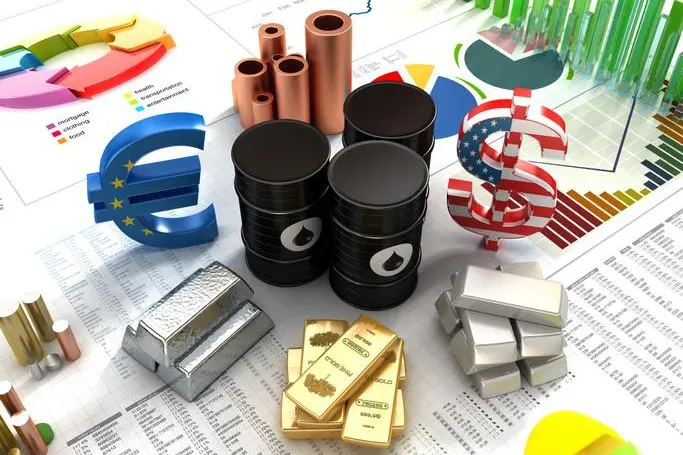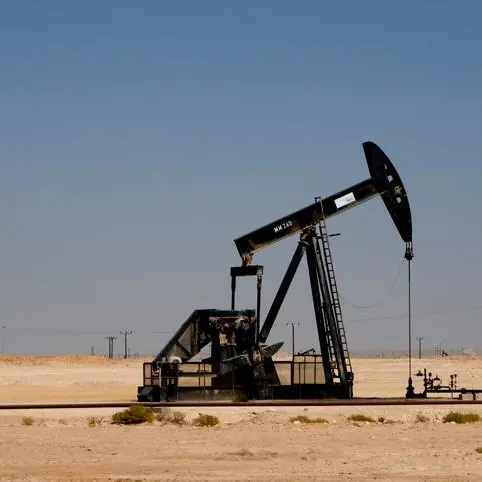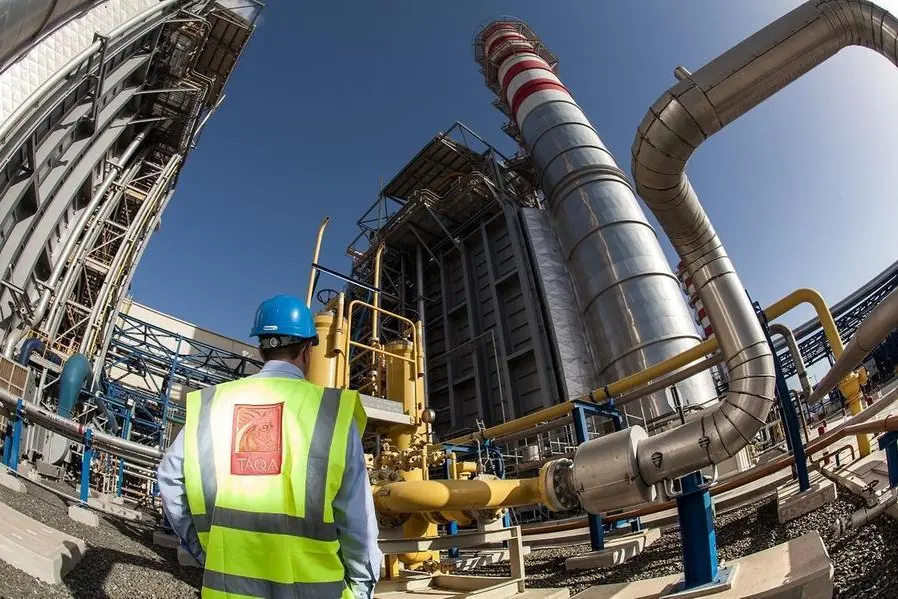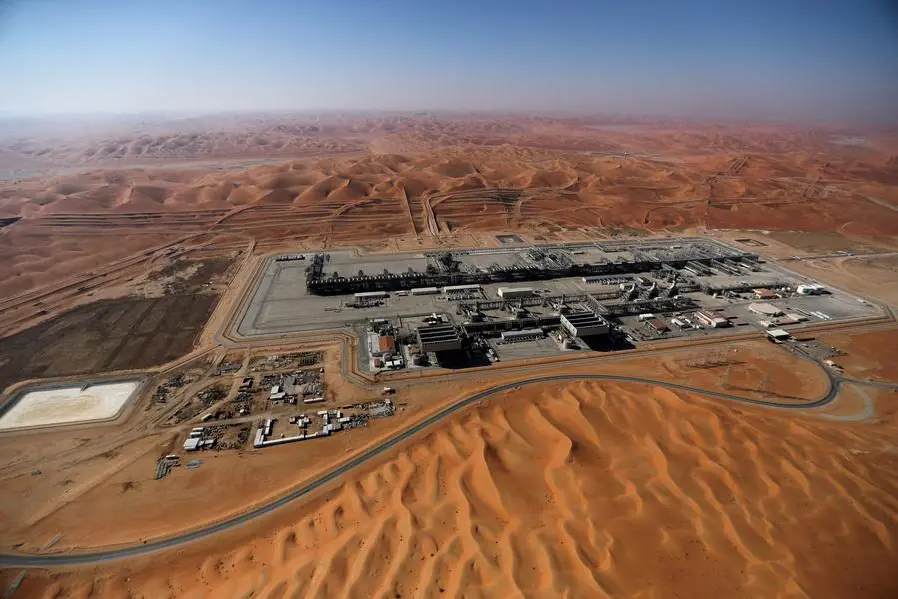PHOTO
"Investment tools: Dollar, Euro, precious metals; gold, silver, copper, platinum and oil barrels placed on a fictitious finance newspaper page. (The numbers and charts are also fictitious)"
Global commodity prices are likely to reduce in 2023 at the fastest pace since the onset of COVID-19, World Bank’s said in its latest ‘Commodity Markets Outlook’ report.
Commodity prices globally are expected to fall by 21% in 2023 after rising by 45% in 2022, clouding the growth prospects of almost two-thirds of developing economies that depend on commodity exports. Price will, however, remain mostly stable in 2024.
Agricultural prices are projected to decline by 7% in 2023 and ease further in 2024. Food prices are anticipated to fall by 8% this year and 3% in 2024, assuming grain and oilseed exports from the Black Sea region will remain stable.
“Nevertheless, real food prices in 2023 will remain at their second highest levels since 1975 exceeded only by 2022,” the report said.
“The surge in food and energy prices after Russia’s invasion of Ukraine has largely passed due to slowing economic growth, a moderate winter, and reallocations in the commodity trade,” said World Bank’s Chief Economist and Senior Vice President for Development Economics Indermit Gill.
“But this is of little comfort to consumers in many countries. In real terms, food prices will remain at one of the highest levels of the past five decades. Governments should avoid trade restrictions and protect their poorest citizens using targeted income-support programs rather than price controls,” he added.
According to the World Bank, energy prices are forecast to decline by 26% YoY in 2023.
The price of Brent crude oil is expected to average $84 a barrel this year, down 16% from the 2022 average.
European and US natural-gas prices are expected to halve between 2022 and 2023, while coal prices are likely to decrease by 42% in 2023.
Fertiliser prices are also projected to drop by 37% this year, marking the largest annual drop since 1976. However, fertiliser prices are still near their recent high last seen during the 2008-09 food crisis, the report said.
(Editing by Seban Scaria seban.scaria@lseg.com)























